Forums
- Forums
- Duggy's Reference Hangar
- USAAF / USN Library
- Grumman XP-50
Grumman XP-50
Post a reply
- Go to Previous topic
- Go to Next topic
- Go to Welcome
- Go to Introduce Yourself
- Go to General Discussion
- Go to Screenshots, Images and Videos
- Go to Off topic
- Go to Works in Progress
- Go to Skinning Tips / Tutorials
- Go to Skin Requests
- Go to IJAAF Library
- Go to Luftwaffe Library
- Go to RAF Library
- Go to USAAF / USN Library
- Go to Misc Library
- Go to The Ops Room
- Go to Made in Germany
- Go to Campaigns and Missions
- Go to Works in Progress
- Go to Juri's Air-Raid Shelter
- Go to Campaigns and Missions
- Go to Works in Progress
- Go to Skinpacks
- Go to External Projects Discussion
- Go to Books & Resources
-
10 years ago
 Main Admin(Written in mid-1941)
Main Admin(Written in mid-1941)
Grumman has long been known for its small Navy fighters and two-engined amphibians. Early in 1939, however, the company broke a precedent by designing the XF5F-1 for the U.S. Navy. This twin-motored land plane coincided with an Air Corps development for twin-engined fighters and was of particular interest to the Army because of its air-cooled engines.
Circular Proposal 39-775 was issued in March 1939. Grumman submitted Model 41, an XF5F-1 except for its armament, landing gear and lengthened nose.
An evaluation board, meeting at Wright Field on August 4, 1939, recommended the purchase of 66 Lockheed P-38?s and the Grumman 41 which became the XP-50. Negotiations were begun with Grumman in October 1939. During these discussions original specifications were somewhat modified and cost differences ironed out. Wright Field issued an AFP on November 9th. A contract was drawn up and, after certain minor changes, approved by ASW on January 17, 1940.
Engineering on the XP-50 began as early as November 1939. At any rate, progress was such that first drawings were released on March 7, 1940. A mock-up was started early in 1940 and was inspected by a Board of officers who visited the contractor?s plant on April 22nd. The inspecting board voiced general approval but suggested that the radio antennae and the 20mm cannon chargers be replaced. Change Order No. 1 incorporated these changes. The C.O. also provided for two additional wing guns, more ammunition, armor plate, fluorescent lighting, etc. It was approved by ASW on June 29, 1940.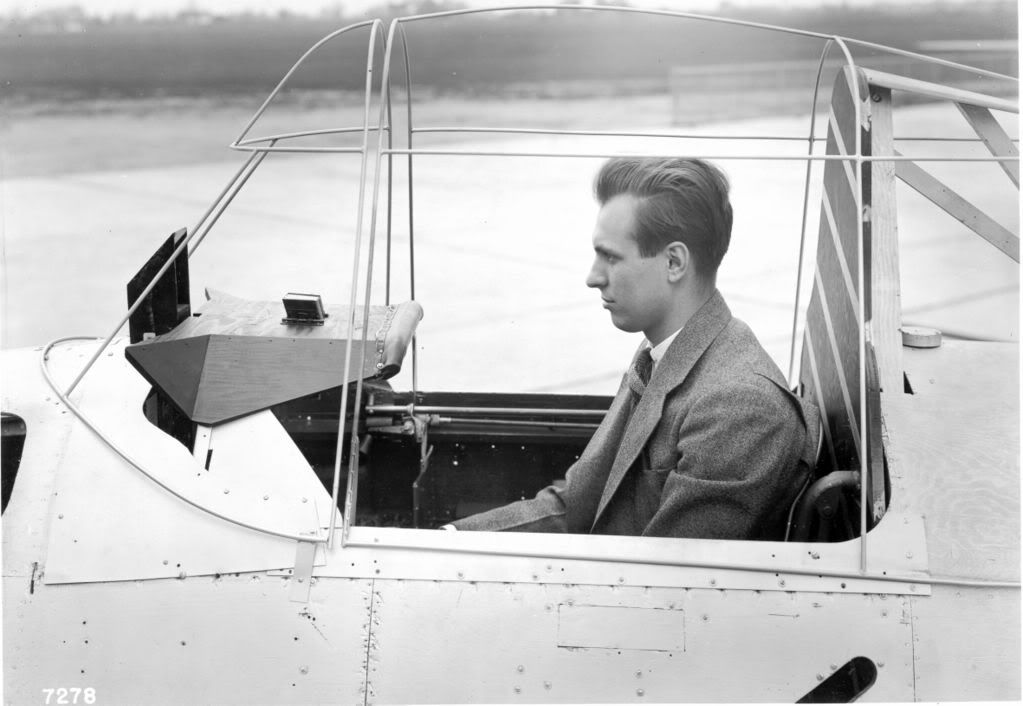
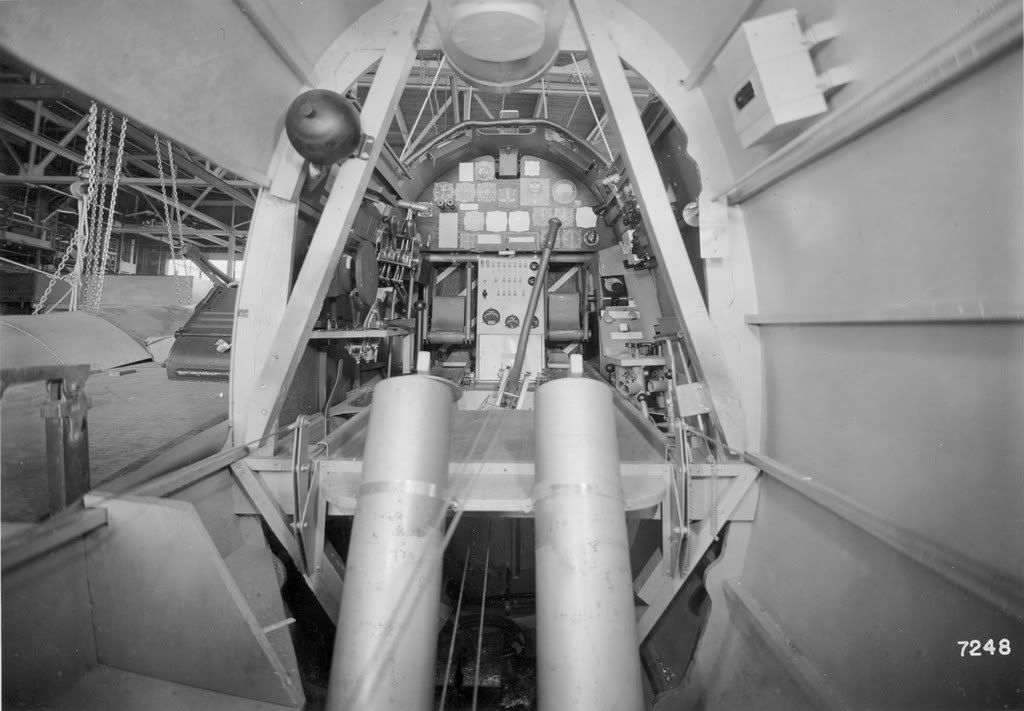
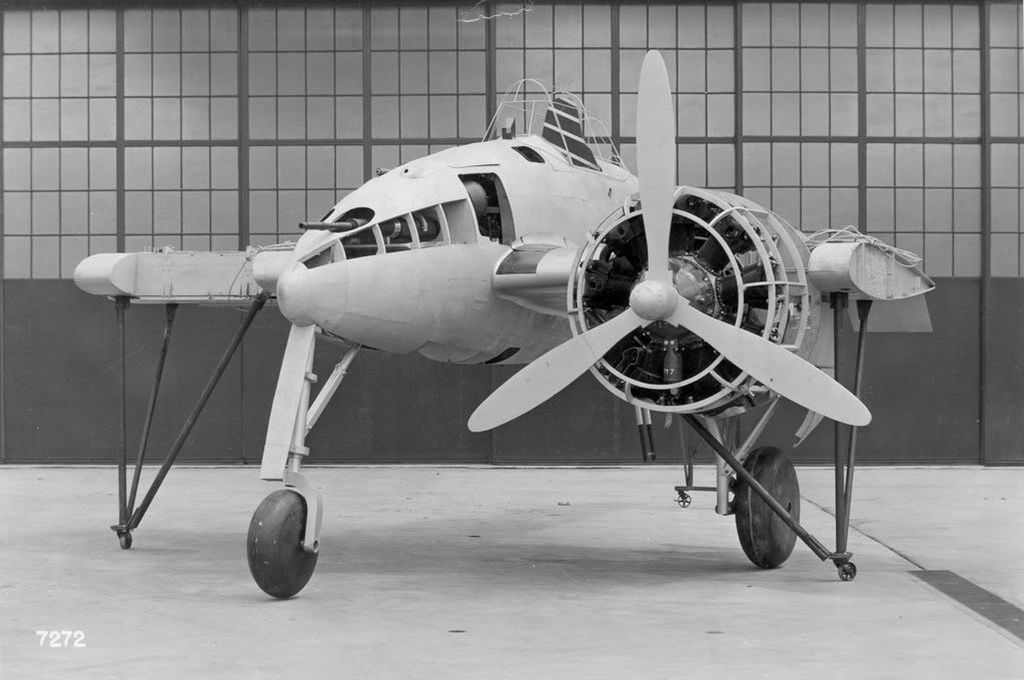
About this time, a 1/15 scale model of the XP-50 was wind-tunnel tested at Wright Field. Results indicated an inherent stability and good flying control. High speed was estimated at 420 mph. at 15,000 ft. and landing speed was approximately 97 mph.
No particular pressure was put on the XP-50 project, but progress was reasonably good. The plane was 38% complete in August. During the next three months the figure rose to 91%. Contract delivery was set for December 17, but the contractor could not keep the date. Delivery was estimated for mid-February 1941, but progress was further tied up by damage to the right landing gear. The plane was finally ready for flight-testing on February 19.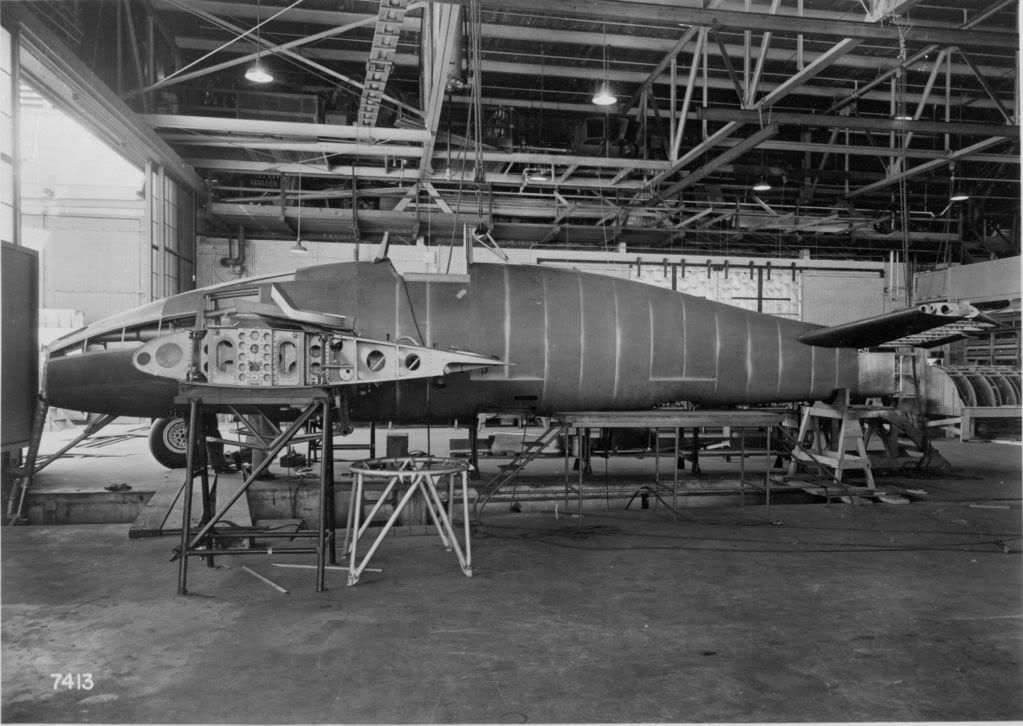
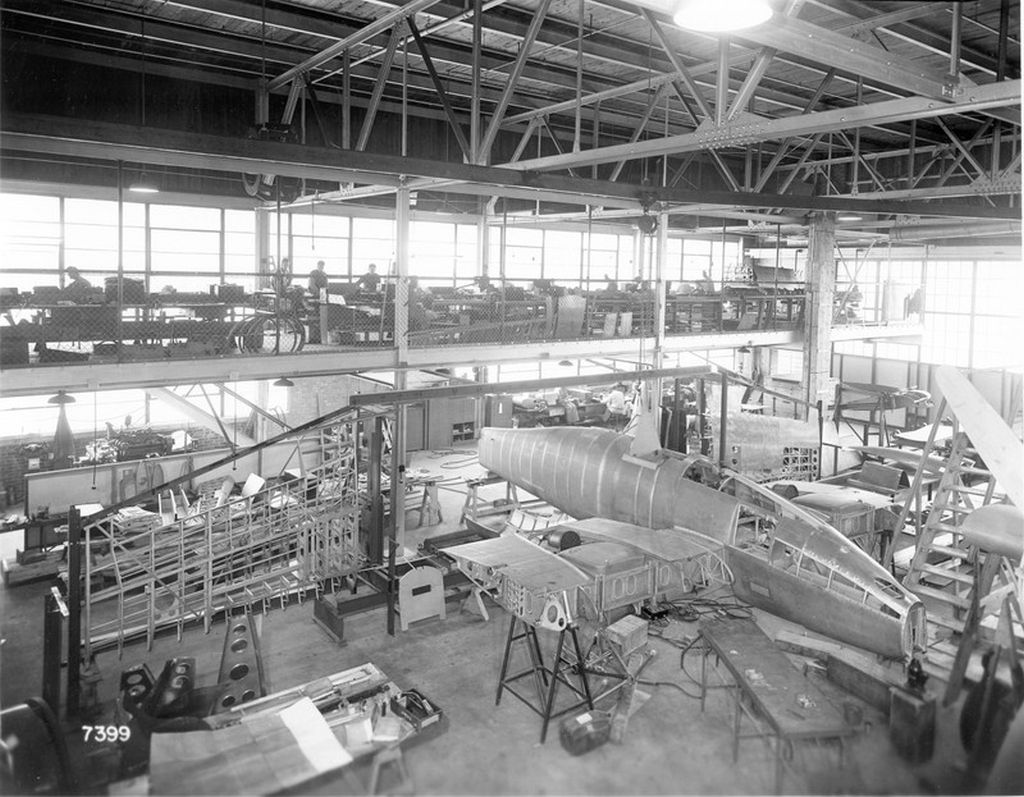
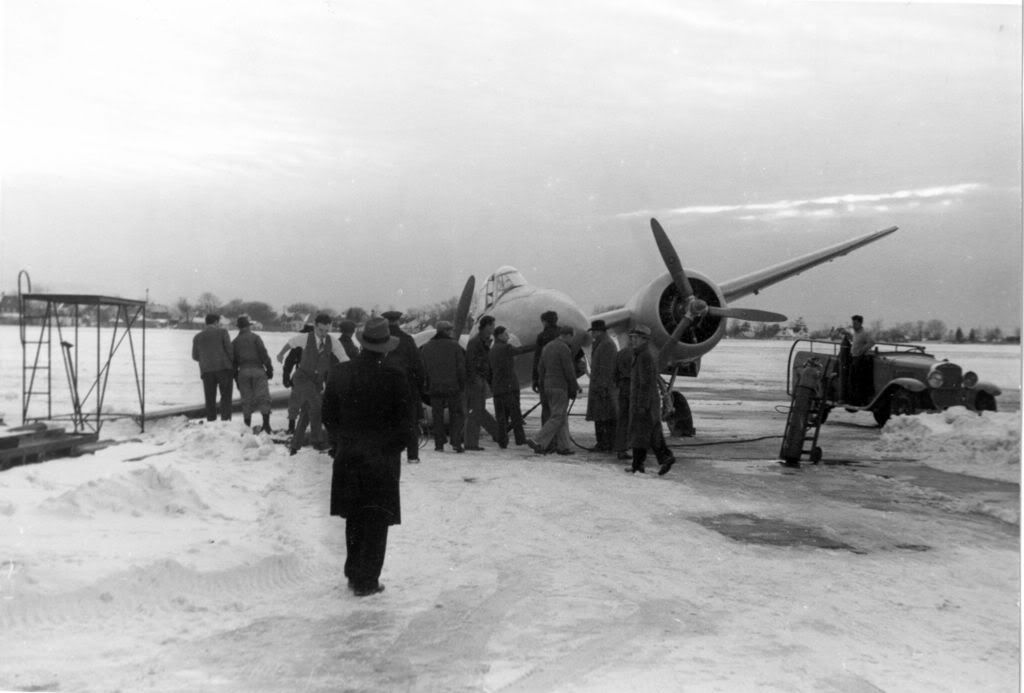
About this time, however, a ground run disclosed that when the XP-50?s wheels were down engine exhaust gases were directed into the oleo struts of the landing gear. An Engineering Inspection, conducted late in February, showed, too, that the recoil mechanisms on the 20mm guns were too weak. A need for simplifying the engine arrangement was also voiced.
During March 1941, the XP-50 was flown intermittently due to sloppy field conditions at the Grumman plant. The contractor insisted on keeping the plane until a high speed run and a continuous flight of two hours had been conducted. During one test the ship was partly damaged by skidding on ice during a landing. This minor accident on top of troubles discovered in the fuel system held up delivery for several weeks. The fuel warning system and certain hydraulic pumps had to be replaced, but finally by the middle of May the plane was again in flying order.
All these months of struggle were proven in vain on May 14. During a test flight the turbo-supercharger on the right engine exploded and completely disintegrated. Not only did the engine fail, but the explosion destroyed the plane?s hydraulic system. This prevented the test pilot from extending the nose wheel or retracting the main gear. The flier was forced to jump and the plane crashed into Long Island Sound.
In shallow water near where the XP-50 sank, searchers found the turbine wheel from the turbo on the right engine. This confirmed the cause of the accident. The Coast Guard dragged the region for several days without success, and salvage operations were eventually abandoned.
The disastrous end of the XP-50 was not a total loss. The test pilot of the XP-50 is scheduled to fly the YP-38 to give him added perspective by which to judge his experiences with the lost plane. A wealth of data was also collected in the process of construction and flight-testing. At present, the Material Division is negotiating for a Grumman Model 51. This is an up-to-date sequel to the XP-50, to be known as the XP-65. If this new project succeeds, the XP-50 may well have sired a whole line of twin-motored fighters built around air-cooled engines.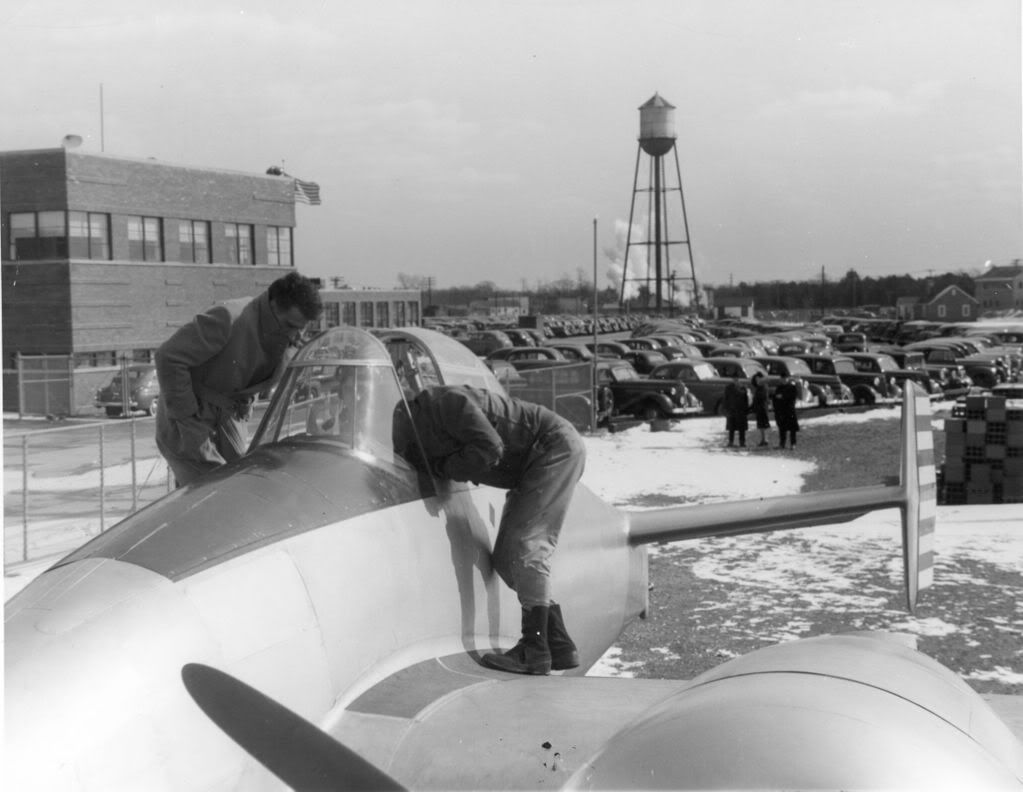
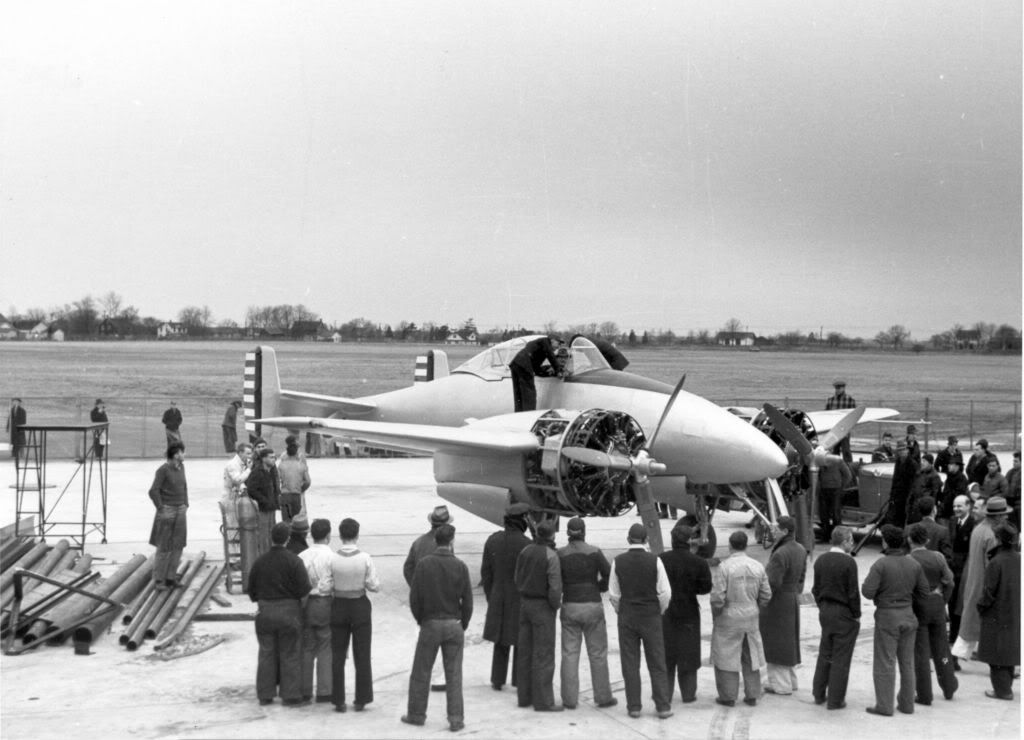
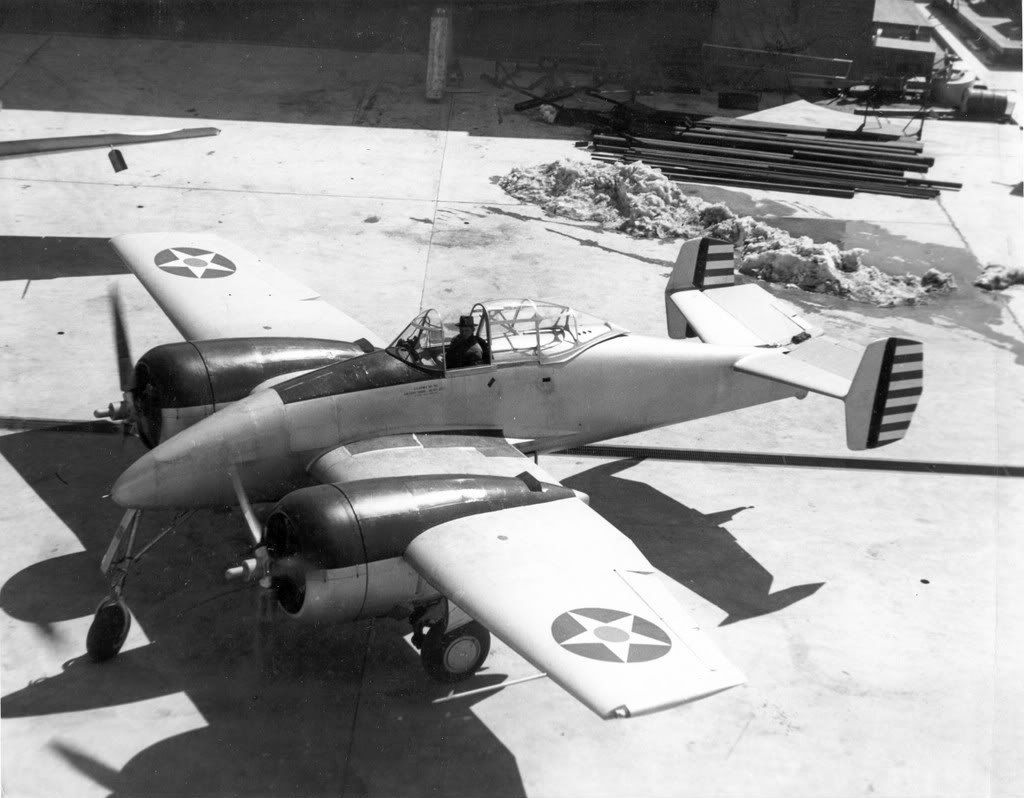
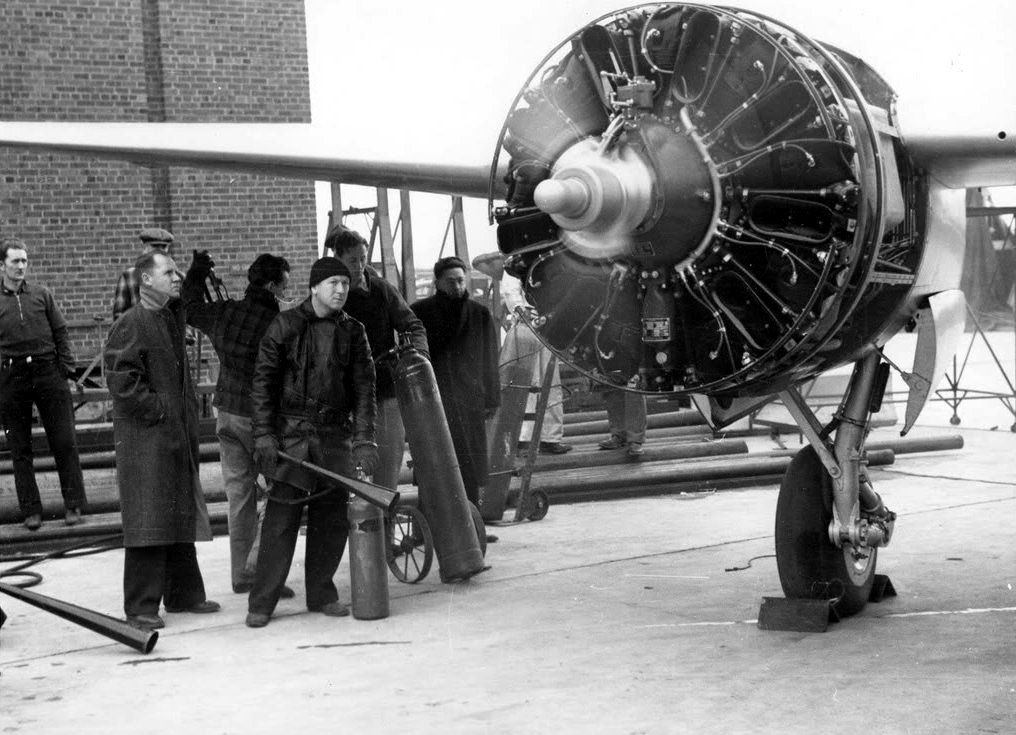

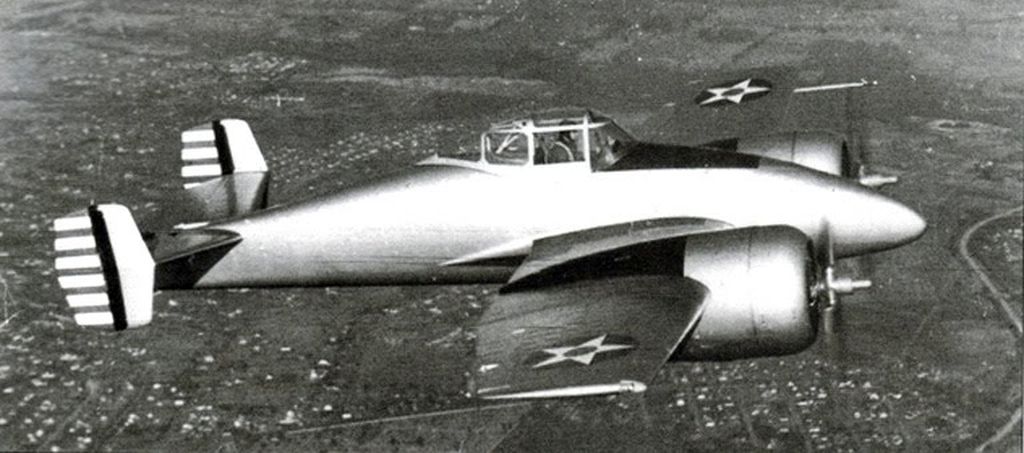
Estimated maximum speed of the XP-50 (never achieved in tests) was 424 mph at 25,000 feet. Estimated service ceiling was 40,000 feet. An altitude of 20,000 feet could supposedly be reached in 5 minutes. Maximum range was estimated to be 1250 miles. Empty weight was 8307 lbs, and loaded weight was 10,558 lbs. Maximum weight was 13,060 lbs. Wingspan was 42 feet, length was 21 feet 11 inches, height was 12 feet, and wing area was 304 square feet.
Post a reply
- Go to Previous topic
- Go to Next topic
- Go to Welcome
- Go to Introduce Yourself
- Go to General Discussion
- Go to Screenshots, Images and Videos
- Go to Off topic
- Go to Works in Progress
- Go to Skinning Tips / Tutorials
- Go to Skin Requests
- Go to IJAAF Library
- Go to Luftwaffe Library
- Go to RAF Library
- Go to USAAF / USN Library
- Go to Misc Library
- Go to The Ops Room
- Go to Made in Germany
- Go to Campaigns and Missions
- Go to Works in Progress
- Go to Juri's Air-Raid Shelter
- Go to Campaigns and Missions
- Go to Works in Progress
- Go to Skinpacks
- Go to External Projects Discussion
- Go to Books & Resources
